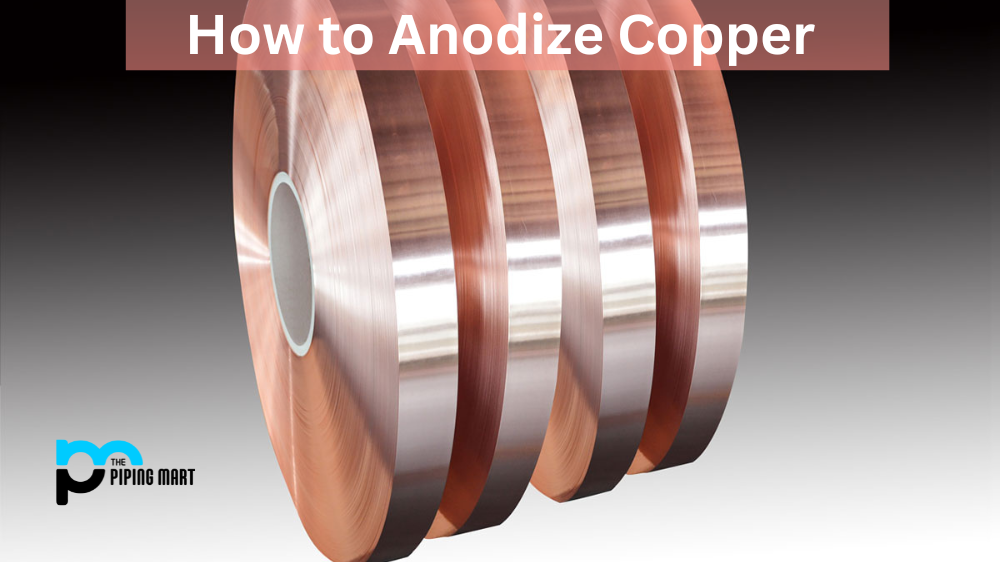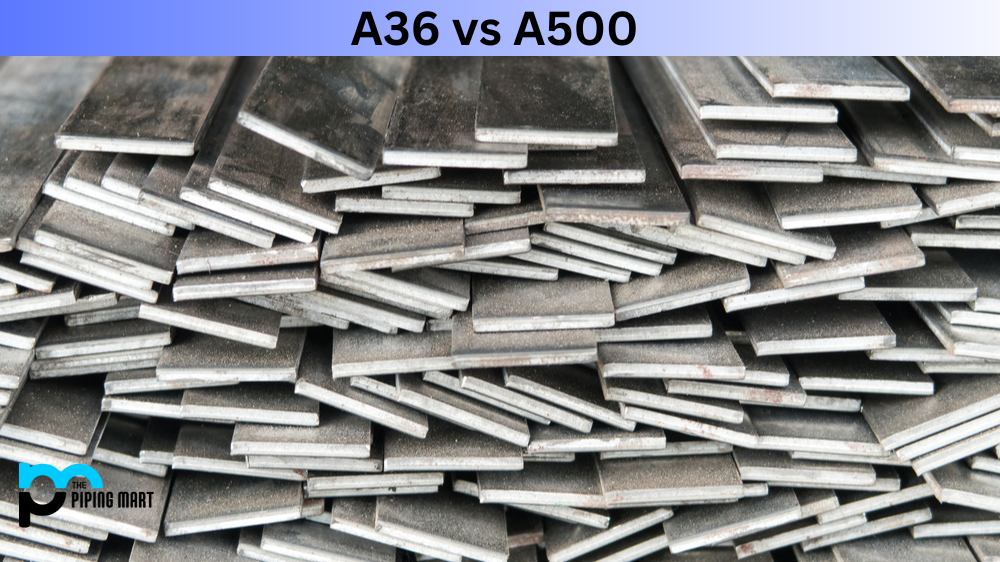Stainless steel is a popular material for many types of building projects, from construction to industrial applications. But not all stainless steel is created equal—two popular varieties are 17-4 stainless steel and 416 stainless steel. In this blog post, we’ll take a look at the differences between these two types of steel so that you can make an informed decision when it comes to selecting the right material for your project.
17-4 Stainless Steel
17-4 stainless steel is a martensitic precipitation hardening grade of stainless steel. It features good corrosion resistance, high strength, and toughness, as well as excellent fatigue properties. It has excellent weldability and can be heat treated to achieve different levels of hardness and strength. It also has good machinability, making it ideal for parts that require precise dimensions or tight tolerances. 17-4 stainless steel is commonly used in aerospace components, medical devices, and marine equipment, as well as in food processing equipment and general hardware components.
416 Stainless Steel
416 stainless steel is a ferritic grade of stainless steel with great machinability properties. It is highly resistant to corrosion and offers excellent wear resistance when exposed to extreme temperatures or abrasion. Its high chromium content gives it superior strength compared to other grades of stainless steel. Its low carbon content makes it less prone to cracking during welding than other grades of stainless steel. This makes it ideal for use in construction applications such as handrails, staircases, ladders, tanks, and frames where welding may be involved during installation or repair work. It’s also commonly used in automotive trim pieces due to its corrosion resistance properties.
Difference between 17-4 stainless steel and 416 SS
Chemical Composition
The first difference between 17-4 stainless steel and 416 steel is their chemical composition. 17-4 stainless steel contains high levels of chromium and nickel, whereas 416 steel contains high levels of chromium, sulfur, and phosphorus.
Hardness
17-4 stainless steel is also known for being much harder than 416 steel. This is due to the higher levels of chromium and nickel in their composition. As a result, 17-4 stainless steel is often used in applications where high levels of hardness are required, such as in medical implants.
Corrosion Resistance
17-4 stainless steel also has better corrosion resistance than 416 steel. This is due to the higher levels of chromium in its composition, which helps to protect the metal against rust and other forms of corrosion.
Machinability
17-4 stainless steel is also easier to machine than 416 steel. This is due to the lower levels of sulfur in its composition, which makes it less likely to cause tool wear during the machining process.
Weldability
17-4 stainless steel is also more weldable than 416 steel. This is due to the lower levels of sulfur in its composition, which makes it less likely to cause welding defects.
Conclusion:
When deciding what type of stainless steel to use for your project, several factors need to be considered, including cost, availability, strength/toughness requirements, and machinability requirements, just to name a few. 17-4 stainless steel offers good corrosion resistance along with high strength and toughness, while 416 offers excellent machinability properties along with corrosion resistance at elevated temperatures or when exposed to abrasive elements making it ideal for automotive trim pieces where welding may be required during installation or repair work. Ultimately the decision will depend on the specific needs of your application but knowing the differences between 17-4 vs 416 will help you make an informed decision when selecting the right material for your project needs!
Meet Heer, a dynamic and driven writer learning tricks of her trade in the metal industry. With a background in Digital Marketing, Heer brings a unique perspective to her writing, sharing valuable insights. Apart from blogging she like reading and hiking.




